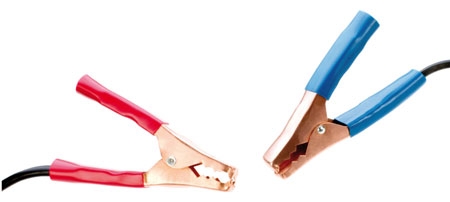The Common Alerting Protocol (CAP) Standard
CAP Jump-Start Offer

THE OFFER
The World Meteorological Organization (WMO), through the Public Weather Services (PWS) Programme, is offering expert assistance to National Meteorological and Hydrological Services (NMHSs) on how to implement the Common Alerting Protocol (CAP) Standard. The CAP experts provide direct support at the strategic, operational, or technical levels. They also meet with the NMHSs staff, and technology providers as well as other official alerting authorities identified by the host Member to offer hands-on support. There is no charge paid for the CAP experts' time; only their travel expenses are to be provided by the host Member, or by WMO, where such arrangements are made.
WHAT IS THE CAP STANDARD?
CAP is an international standard format for emergency alerting and public warning. It is designed for "all-hazards", related to weather events, earthquakes, tsunami, volcanoes, public health, power outages, and many other emergencies. CAP is also designed for
"all-media", including communications media ranging from sirens to cell phones, faxes, radio, television, and various digital communication networks based on the Internet. The CAP format enables simultaneous communication of alerts for any kind of emergency over many different alerting systems, thus increasing effectiveness while simplifying the alerting task.
WHAT IS AN OFFICIAL ALERTING AUTHORITY?
An official alerting authority could be an NMHS or any other nationally authorized organization. WMO Members should also list these authorities in the "Register of Alerting Authorities" established by WMO and ITU. Permanent Representatives (PRs) of Member countries with WMO designate an editor to maintain their register entries, as described at the following weblink: http://www.wmo.int/alertingorg.
HOW WILL CAP BENEFIT AN ALERTING AUTHORITY?
Because CAP can replace single-purpose interfaces between alert sources and dissemination media, CAP serves as a "universal adaptor" for alert messages. With CAP, an alert sender can activate multiple warning systems with a single input and emergency managers can compile diverse alert sources for situational awareness.
OBJECTIVES OF THE CAP JUMPSTART
An alerting authority will receive expert advice and assistance on implementing CAP in its particular situation, and so become part of the international movement toward standards-based, all-hazards, all-media alerting. An alerting authority should be able to:
1.) originate alerts in CAP format for any kind of hazard;
2.) disseminate alerts in CAP format to the public via multiple delivery means; and,
3.) share alert information in CAP format with others.
Specific objectives of the CAP Jump-Start visit will be agreed among the host and the invited experts. These objectives may include:
- Understanding of the CAP standard and how it serves interoperability goals;
- Getting and displaying CAP alerts already offered by other alerting authorities and aggregators;
- Making and validating new CAP alerts;
- Disseminating CAP alerts via traditional methods, the Internet, and new media; and,
- Considering policy issues as alerting becomes increasingly global, all-media, and all-hazard.
Implementation of CAP by official alerting authorities is promoted by the International Telecommunication Union (ITU) and the World Meteorological Organization (WMO), among many other international organizations and agencies.
TYPICAL ACTIONS
Here are ten typical actions for an alerting authority on the way to implementing CAP:
- Learn some basics about CAP;
- Use existing CAP sources;
- Consider tools to convert inputs into CAP;
- Acquire CAP-enabled mapping tools;
- Implement a CAP-based alert source;
- Publish a CAP alert news feed;
- Register an Alerting Authority;
- Choose an internet host for sources and feeds;
- Consider other interfaces for CAP dissemination; and,
- Develop Public Outreach and Education
HOW TO SCHEDULE A VISIT
If you would like to have one or more of the CAP experts visit you to help with the implementation of CAP, please contact Ms Miriam Andrioli, Chief, Service Delivery Division by e-mail at: (MAndrioli@wmo.int).
In general, requests will be considered on a first in basis. For developing and least developed countries, WMO and ITU-D may consider funding the experts' travel costs, through their usual procedures.
|